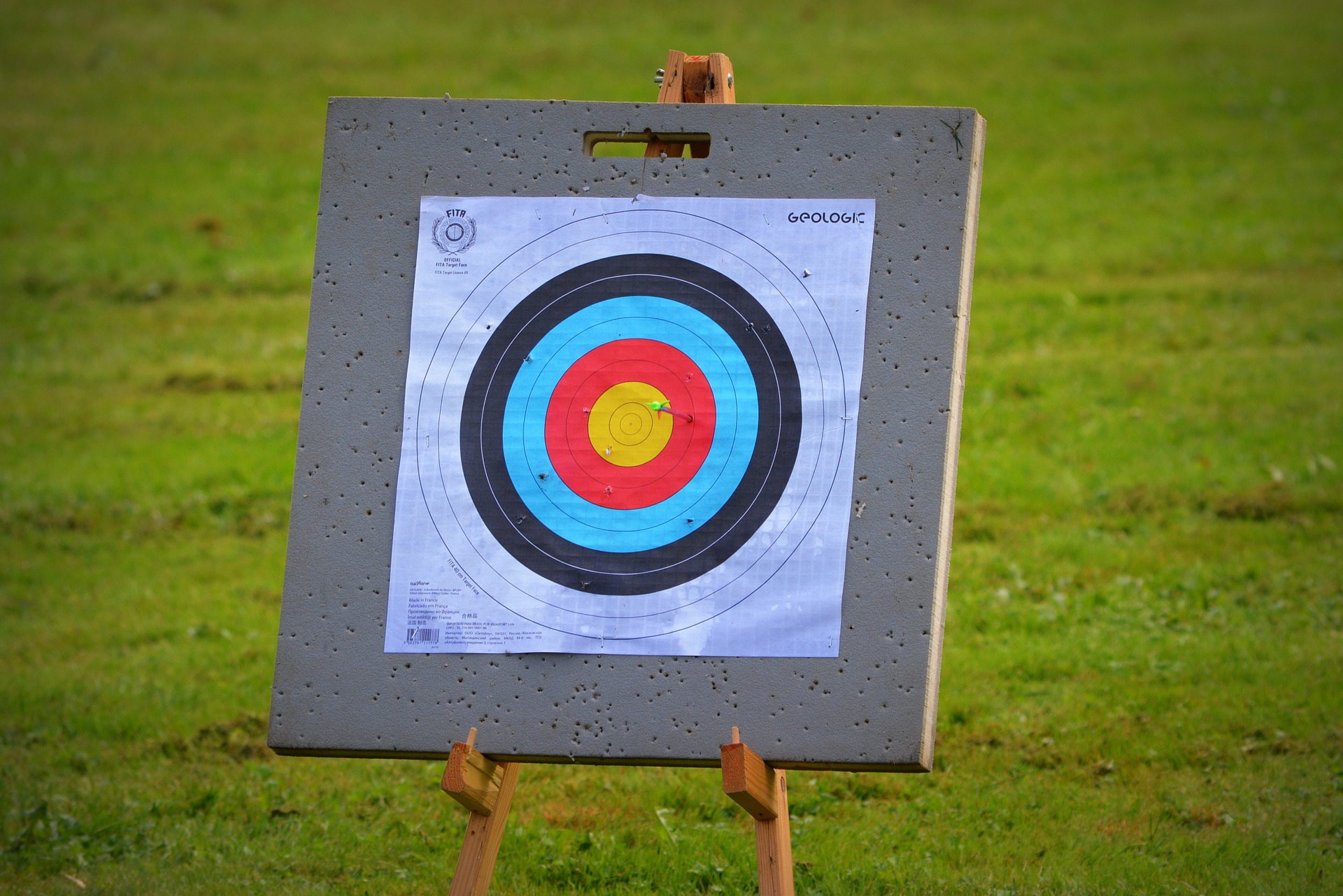It’s that time of year when we often review our accomplishments and set goals for the coming year. It’s a natural time to wind down, take stock and do some reflection. Maybe you have a challenging new fitness goal in mind, or want to up your game as a leader. Or it could be that you’re determined to start saving for the anniversary trip you’ve thought about for quite some time.
Whatever your goals, it’s easy to get derailed midway between aspiration and achievement. To be honest, it’s easy to get derailed before even getting started.
Existing habits can interfere with realizing your aspirations. For example, a coaching client told me the other day that she wants to start doing something creative again but hasn’t been able to find the time. Then she confessed that she’d developed the habit of watching TV in the evening: a show she doesn’t even like! Replacing that habit with a new habit of doing something artistic would be very satisfying.
Unfortunately, it takes a lot of effort to get traction on goal achievement. Our brains need to employ resource-intensive capabilities to override existing habits and exercise self-control. My coaching client will need to find a cue that will help her replace the existing habit of clicking on that TV show and settling into some mindless watching in order to use the time for a creative activity.
What if I told you there’s a proven technique that helps build new habits? Actually, there are a number of them but here I want to explore something called an Implementation Intention (click for a more detailed description). Here’s the basic framework and then I’ll walk you through the way I work with them step by step.
The basic framework is to create an “If/then” formula: If I am in circumstance x, then I will do y in order to achieve goal z.
The idea is to pre-think how you will respond to a particular situation, rather than trying to muster the resources in the moment. You are also identifying a cue or a prompt, something that can remind you to engage in the desired behavior. And linking the behavior to a broader goal can be very motivating.
Let’s use my client’s aspiration as an example:
Step One: Once you’ve got a few goals you want to work on, identify which of them lend themselves to becoming habitual. Not every goal can be achieved by having an Implementation Intention. They seem to work best for something you are looking to make into a regular practice, something you would like to engage in by default. My client wanted to build the habit of engaging in a creative activity at home in the evening.
Step Two: Get clear on behavior you want to engage in (perhaps “as opposed to” your current behavior). For example, ”Instead of watching two hours of TV at night, I will work on a needlepoint project.”
Step Three: Identify an “If” or a “when,” a situation that is likely to provoke the behavior that you are trying to replace. For example, “When I have finished dinner and cleaned up, I will pick up my needlepoint project instead of picking up the TV remote.”
Step Four: Link this intention to a broader goal. For example, this Implementation Intention relates my client’s goals of wellbeing and creative expression. She also linked it to her aspiration of connecting meaningfully with other people: she likes to give her completed projects as gifts.
Creating an Implementation Intention sounds almost simplistic, but it is a proven approach to jumpstarting progress on a goal. Try it! What do you have to lose except maybe an old habit that’s not serving you?

